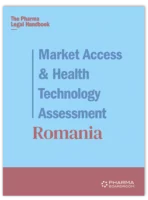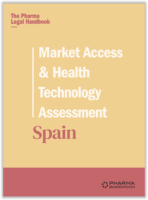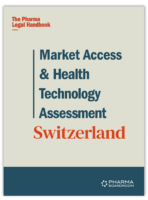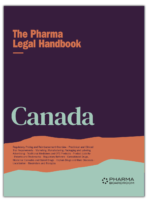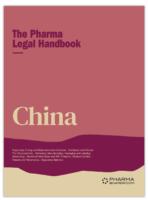Product Liability
/ Serbia
1. What types of liability are recognized in your jurisdiction?
In Serbia, there are two parallel regimes of product of liability applicable to medicinal products. The first one is established by the Obligations Act of 1978 (as amended), while the second type is prescribed by the Consumer Protection Act of 2021. In addition to that, manufacturers may be subject to criminal liability regulated under the Criminal Code of 2005 (as amended).
2. How do these types of liabilities apply to the manufacturers of medicines and devices?
The Obligations Act outlines the general responsibility of manufacturers concerning potentially hazardous products. Manufacturers who release products containing defects capable of causing harm or damage to individuals or property are held liable for any resulting injury or loss, regardless of their fault. Under the Obligations Act, causal link between the damage and the product is assumed. Manufacturers are also accountable for any hazardous characteristics of their products, if they fail to implement necessary precautions measures to prevent foreseeable harm or loss. Individuals who suffered harm may seek compensation for both, material and non-material losses.
Contrary to the legislative regime where a causal link between the product and the damage is assumed, the Consumer Protection Act prescribes that the injured party must demonstrate a causal link between the damage (such as death, personal injury, or destruction of any property other than the defective product itself) and the defect. Furthermore, under the Consumer Protection Act compensation may only be obtained for material damage.
According to the Criminal Code, a manufacturer who manufactures, sells, or releases into the market a hazardous medicine or medical device is subject to criminal liability, which may result in fine and imprisonment ranging from six months to five years.
3. Does potential liability extend to the manufacturer only or could claims extend to corporate executives, employees, and representatives?
In addition to the manufacturer, who is a legal entity, individuals involved in the production or distribution of the medicine or device, in contravention of relevant legal regulations, will also be subject to liability if they have the status of responsible persons in a legal entity.
4. How can a liability claim be brought?
Under the Obligations Act, the individual who suffered losses may file legal action within three years from the day he/she becomes aware of both the damage and the identity of the manufacturer. In any event, the statute of limitations ends five years after the damage occurred.
According to the Consumer Protection Act, the lawsuit may be filed within three years after learning about the damage, defect and manufacturer’s identity. Nevertheless, the right to file a lawsuit expires ten years after the manufacturer placed the hazardous product on the market.
Finally, criminal proceedings are commenced by the public prosecutor ex officio. The statute of limitations for criminal prosecution varies depending on the severity of the prescribed punishment. For instance, if a criminal offense of production and sale of harmful products is committed, the statute of limitations is set at five years from the date of the criminal offense.
5. What defenses are available?
The manufacturer may not be held responsible if one or more of the following conditions are met:
- they did not place the product to the market;
- the defect was non-existent at the time the product was placed on the market;
- the product was neither manufactured for sale nor distributed in the course of their business activities; or
- the defect stems from the product’s compliance with mandatory regulations imposed by a competent authority.
The manufacturer may be partially or fully exempt from liability if the injured person or any person under their responsibility, contributed to the damage. Finally, the liability of the manufacturer for losses resulting from defective products cannot be restricted or eliminated by contract.












